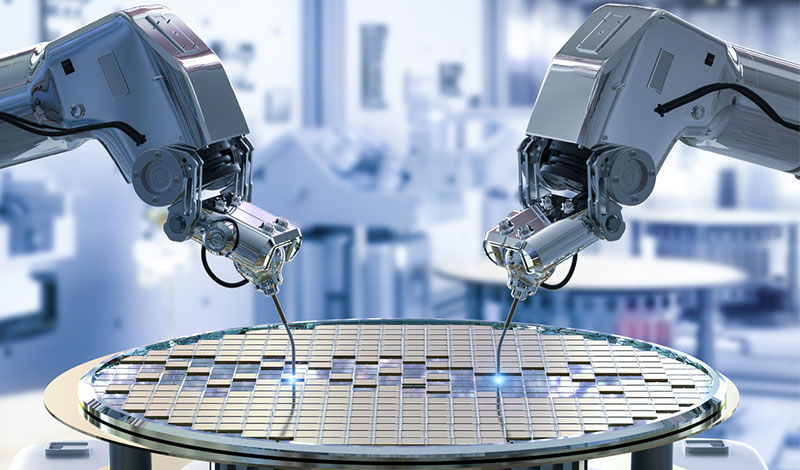
Posted on
Semicon West 2022 connected business and technology leaders, researchers, and industry analysts from across the microelectronics supply chain in California and online for their annual event. Here are some key takeaways from the conference.
Semiconductor Market on Track to a Trillion
The semiconductor industry faced several recent challenges and has seen disruptions. A crisis response exacerbated the chip shortage, and the demand will continue to surge through 2023. Industry revenue is on track to double to $1.2T by 2030 with the automotive market projected to have the highest compound annual growth rate.
Cloud Computing
Cloud-based High Performance Computing (HPC) is trending as it focuses on innovation and not operational issues. The major benefits of HPC are the ability to accelerate procurement cycles and reduce big investments. HPC is paving the way for easier semiconductor design. In the cloud, secure and well-optimized clusters can be automatically created, operated, and torn down in minutes.
The Fab Forecast
After a slow 2020 due to the pandemic, construction spending on semiconductor manufacturing centers had a strong growth rate. These new fabs are pushing the increase of all wafer sizes, but mainly for 300MM and 200MM.
The Semiconductor Cycle
Semiconductor equipment and tool spending continue to grow with 1/3 of the demand coming from the automotive and industrial market segments. Leading-edge capacity will remain the focus for large foundries as 5G, HPC, and AI fuel semiconductor demand. This will drive capital spending dollars over the next few years.
Is Global Recession Inevitable?
There is a high probability for a small recession, but the long-term outlook for semiconductor wafers shows healthy growth. Semiconductors and the final demand for technology goods declined relative to the pandemic period. While this results in a mild decline for SEMI wafer MSI, the long-term outlook for growth remains in place.
Manufacturing Overview and Market Trends
Overall, growth is reverting back to the mean for all segments, chip demand is being slowed by inflation, and a dearth of inventory is impacting mostly all markets.
Capex by the Numbers:
- 2022 capital expenditure (capex) spends are on track to increase to $184 billion.
- This is the 3rd consecutive year for double-digit increases.
- Domestic capex spends are highly concentrated with the top 5 spenders.
- 2 Chinese companies in the top 12 accounted for 5% of spending.
Advanced logic technology and foundry will be the fastest growing segment for the fourth consecutive year. The capital intensity pendulum has swung from memory like 3D NAND to advanced logic including EUV lithography systems.
The most impactful event to the US semiconductor industry came in July when the Senate approved the Creating Helpful Incentives to Produce Semiconductors (CHIPS) Act. This legislation is intended to promote increased US domestic manufacturing of semiconductors to address supply chain issues and national security concerns. The semiconductor industry and businesses that rely on its products should analyze the new federal funding and tax incentives being offered.